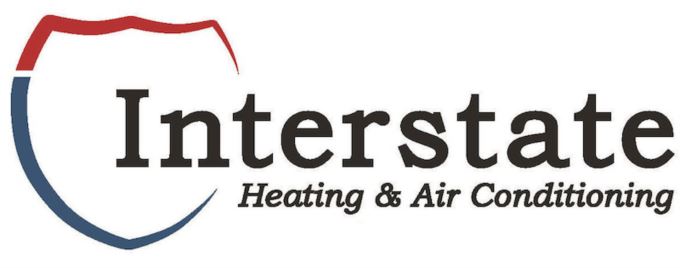As the weather begins to cool off, you are probably thinking about how you’ll take full advantage of your heating and cooling. After all, HVAC costs routinely make up a significant piece of your monthly electric bill. To learn new ways to lower their HVAC bill, some people look closer at their thermostat. Is there a setting they should use to increase efficiency?
Most thermostats include both a ‘Fan’ or ‘Fan On’ setting. But if the fan is running during a regular cycle, what can the fan setting provide for an HVAC system? This guide should help. We’ll share just what the fan setting is and how you can use it to reduce costs in the summer or winter.
What Is the Fan Setting on My Thermostat?
For the majority of thermostats, the fan setting signifies that the air handler’s blower fan remains on. Certain furnaces will operate at a low level with this setting, but in most cases heating or cooling isn’t being made. The ‘Auto’ setting, on the other hand, will turn on the fan through a heating or cooling cycle and shut it off after the cycle is complete.
There are pros and cons to trying the fan setting on your thermostat, and whether you do or don’t {will|can|should]] depend on your unique comfort requirements.
Advantages to using the Fan/On setting:
- You can keep the temperature throughout your home more consistent by enabling the fan to keep generating airflow.
- Indoor air quality should improve as constant airflow will keep moving airborne pollutants through the air filter.
- A smaller number of start-stop cycles for the HVAC fan helps lengthen its life span. Since the air handler is often connected to the furnace, this means you can avoid needing furnace repair.
Disadvantages to switching to the Fan/On setting:
- A continuous fan could raise your energy expenses somewhat.
- Constant airflow may clog your air filter up more quickly, increasing the frequency you will want to replace it.
Which Setting for My Thermostat? Fan or Auto in Summer/Winter
In the summer, warm air can stick around in unfinished spaces like the attic or an attached garage. If you use the fan setting, your HVAC system can draw this warm air into the rest of your home, compelling the HVAC system to work harder to maintain the desired temperature. In extreme heat, this could lead to needing AC repair more often as wear and tear increases.
The reverse can occur over the winter. Cooler spaces like a basement will hold onto cooler air, which will eventually flow into the rest of your home. Leaving the fan running could pump more cold air upward, increasing the amount of heating you need to stay warm.
If you’re still trying to determine if you should switch to the fan/on setting, don’t forget that every home and family’s comfort needs are different. Leaving the HVAC system’s fan on could be best for you if:
Someone in your household deals with allergies. Allergies and other respiratory conditions can be hard on the family. Leaving the fan on can help to improve indoor air quality, helping your family breathe easier.
Your home has hot and cold spots. Many homes deal with difficult hot and cold spots that quickly return to a temperature different from the rest of the house. The fan setting might help minimize these changes by steadily refreshing each room’s airflow.
